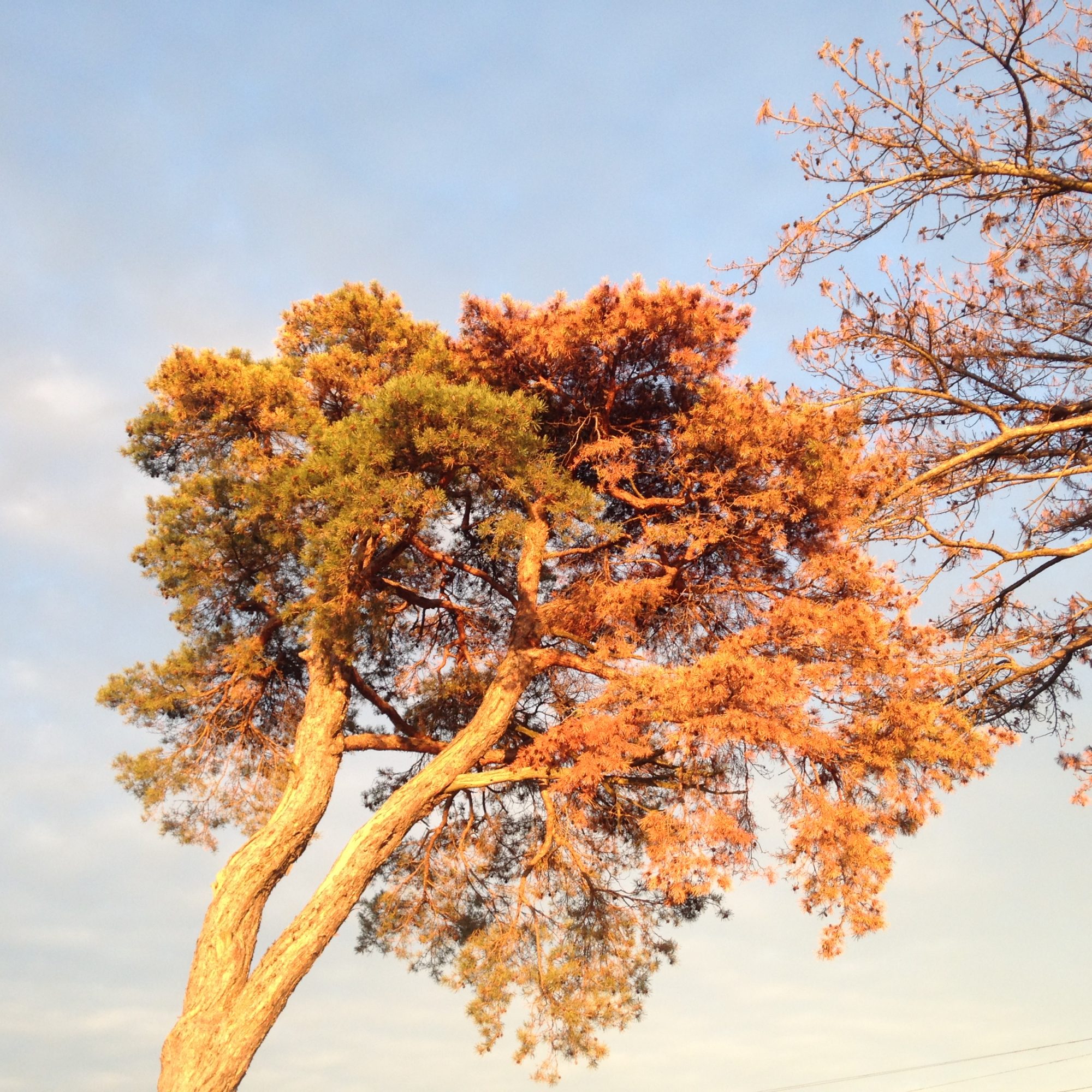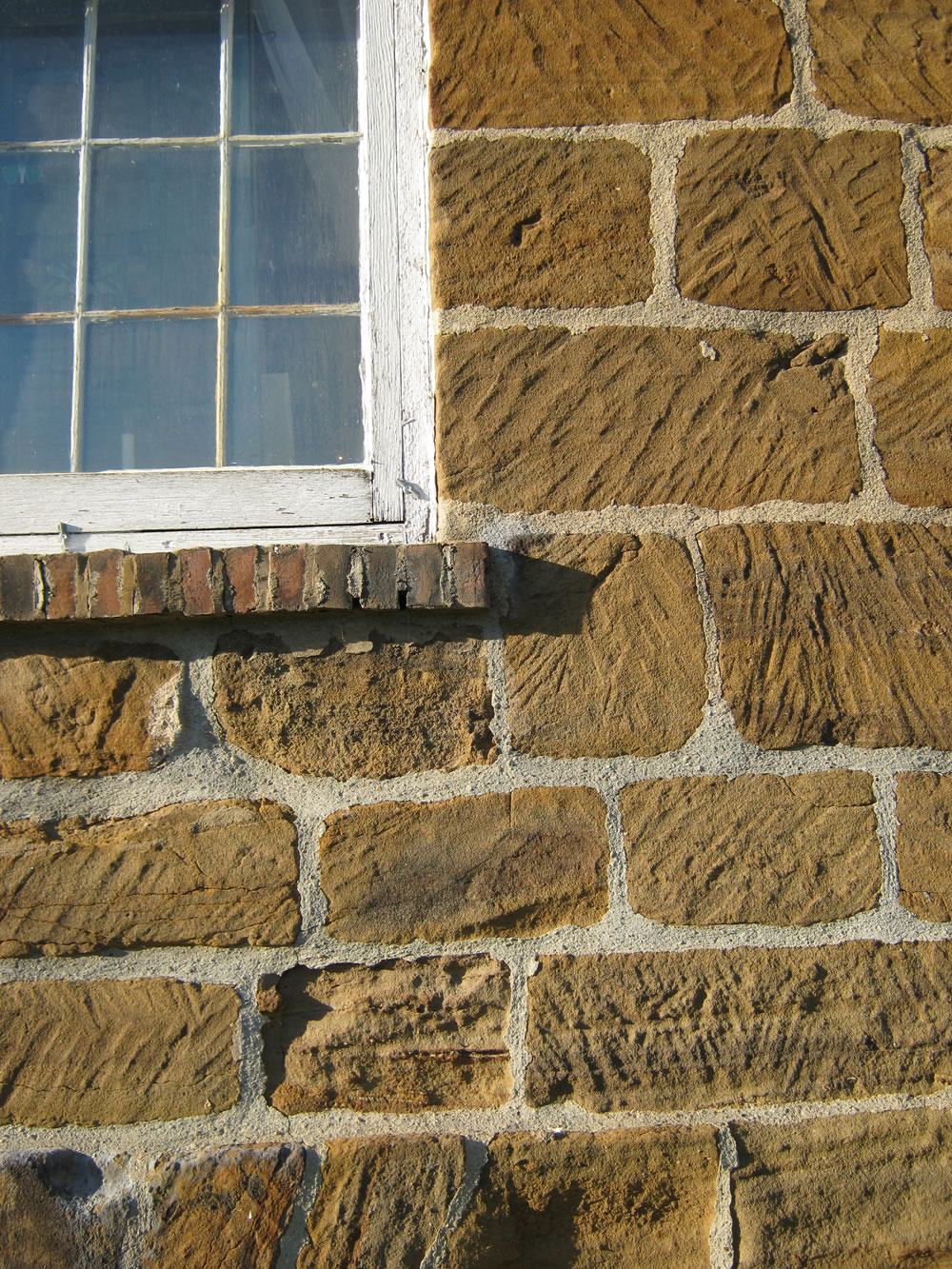How my grandmother lived her life taught me courage and to not be afraid of the unknown.
Soon my Uncle Bill and my father were born. Uncle Bill served in the Air Force and my dad became the first in our family to graduate from college.
I, too, was able to go to college. Armed with my grandmother’s lessons, I put my head down, did the work and tried not to be afraid. Being the only female student in my college program demanded a lot of courage and new problems to solve. You see, it was not until then that I realized some people believed that women and men had different capacities. A distinction my parents never made.
I looked to history for examples of strong women, like the suffrage Carrie Chapman Catt for clues on how to do the things I wanted to do in my life.
But there was a better example much closer to home. My mother with her fiery red-hair and Scot Irish temperament stole my dad’s heart in high school. They were married for 60 years.
She never put her head down. She looked people in the eye and smiled. My mother taught me that a smile is a gift that communicates that you see a person for who they are.
As the director of a history and culture museum, I understand the importance of telling the stories of those who shaped us both individually and as a community-who will tell them otherwise. If they are not told they will not be heard, but lost, as if they don’t count.
There is strength in collectively weaving together lessons learned from others who have experienced similar challenges. History does repeat itself. It could also be said that knowing our history gives us the tools to discern what in our past should not be repeated.
I was reminded of the need to continually assess our historical record when I heard a story on NPR about a recent audit of public monuments. In the report, a list of the top 50 individuals with the most public monuments in the United States shows three are women and five are Black or Indigenous figures. There are no US born Latinx, Asian Pacific Islander or self identified LGBTQ+ people in this top 50 list.
In my work at the museum, I know the challenges in finding the story of those who have learned to keep their head down and believe that their voice is not heard. The audit of US Monuments reveal we are prone to misrepresent our complex history. The report reminds us that “history does not live in statues. History lives between people.” At the museum, we take a people-centered approach to history which has proven to be more balanced as well as more satisfying.
I’d like to suggest that we all have a role to play in using our history to reflect what we value. Why not start a conversation with someone about what has shaped their life and open a door to a new relationship with history. You will ensure someone’s story is not forgotten and, in my experience, gain a more nuanced understanding of who they are.


